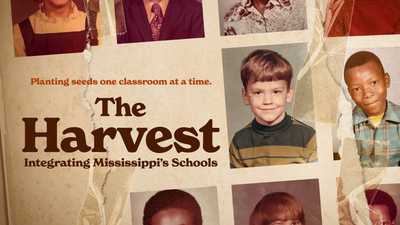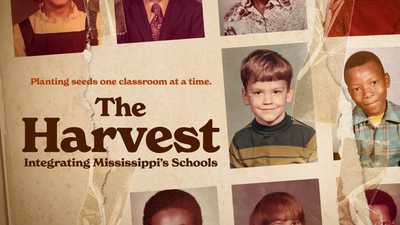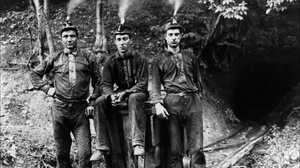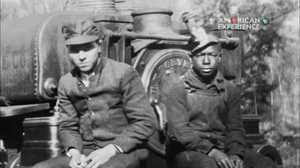In the first two decades of the 20th century, coal miners and coal companies in West Virginia clashed in a series of brutal conflicts over labor conditions and unionization that resulted in the "Mine Wars." The United Mine Workers of America had successfully recruited coal miners from Pennsylvania to Illinois and had established itself as one of the strongest unions in the nation. West Virginia coal operators, however, were notoriously violent towards workers' efforts to organize. The struggle for unionization included strikes, assassinations, marches, and the largest civil insurrection in the United States since the Civil War. Browse a photo gallery to see what it was like to work in the mines and live in these communities.
-
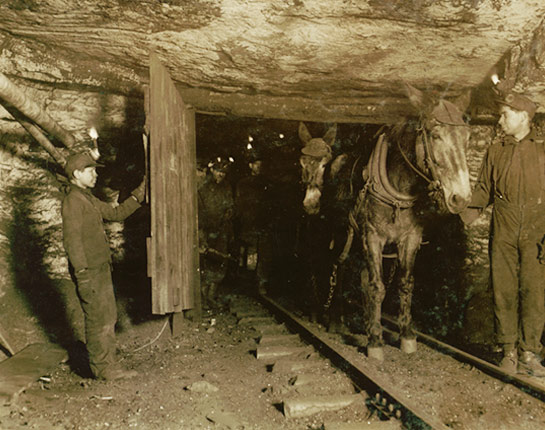
Coal was the engine of American industrial progress at the beginning of the 20th century. Nearly three quarters of a million men across the country spent 10 to 12 hours a day in coal mines, and southern West Virginia's coal industry was growing rapidly.
Credit: Library of Congress -
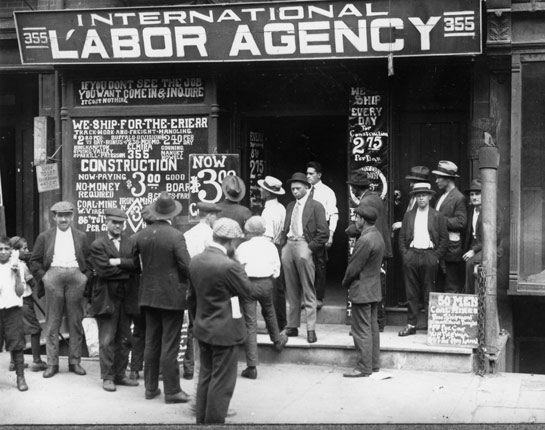
Coal mining was expanding at such a fast pace in West Virginia that mine operators needed to recruit from places as far away as New York City, often offering family homes to prospective employees as an incentive.
Credit: Public Domain -

Miners living in "company towns" often had no alternative but to buy their groceries and mining supplies in mine-owned stores, like Collins Colliery pictured here in 1902, where companies set their prices high to ensure that they received a profit.
Credit: Radford University, McConnell Library -
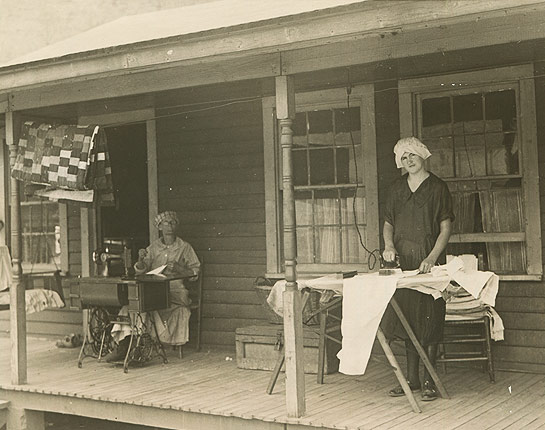
Women weren't allowed to work underground in the coal mines, but their roles above ground were integral to the coal camp system. This photo shows women sewing and ironing clothes on the porch of a company-owned home.
Credit: Eastern Regional Coal Archives -
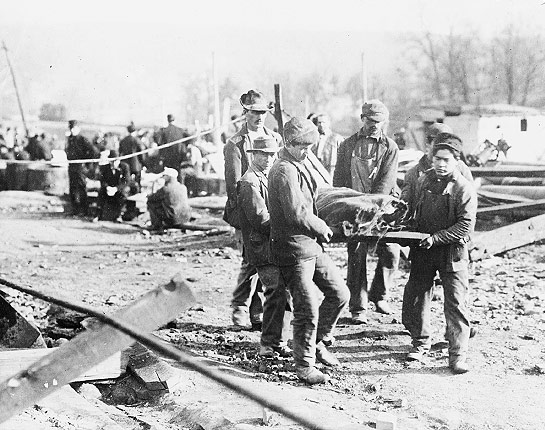
Between 1890 and 1912, miners in West Virginia suffered the highest death rate in America. Here, miners carry a body out of a mine on a wooden plank in 1907.
Credit: University of Maryland -
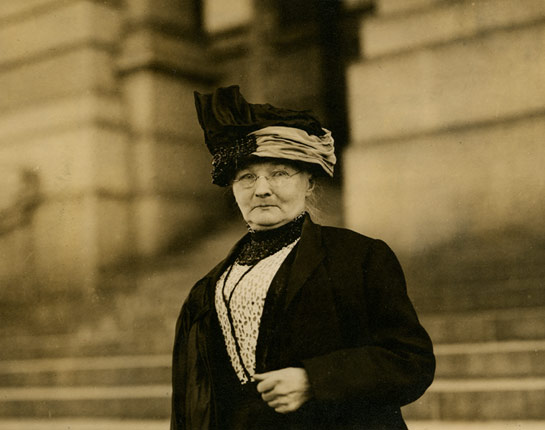
The United Mine Workers of America (UMWA) sent Mary Harris "Mother" Jones to southern West Virginia in 1901 to convince local coal miners to join the UMWA.
Credit: West Virginia Regional and History Center, WVU Libraries -
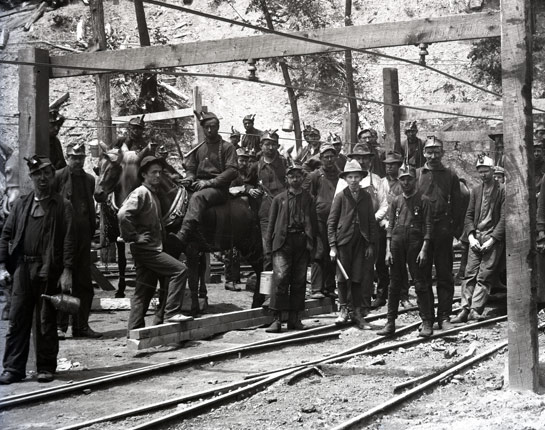
The miners were fed up with the terrible working conditions and controlling mine owners. With the help of Mother Jones, miners who had previously been segregated within the company towns banded together and went on strike in 1902.
Credit: Radford University, McConnell Library -
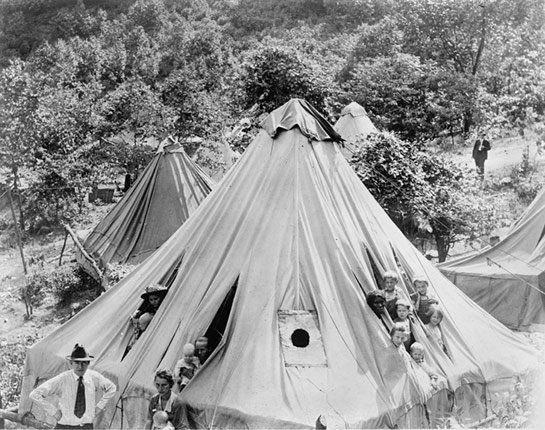
In response to the strike, mine operators hired private guards to keep union organizers out and to evict striking miners from their company homes. Miners then had to live outside of company-owned land in tent colonies like the one pictured above.
Credit: Library of Congress -
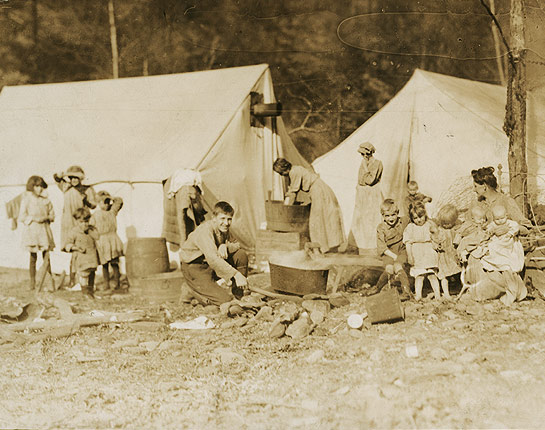
Unlike coal camps, tent colonies were not segregated. Miners of all races and ethnicities lived together during the strikes. Members of the UMWA and their families had to cook their food on open fires while living in the tent camps.
Credit: Newberry Library -
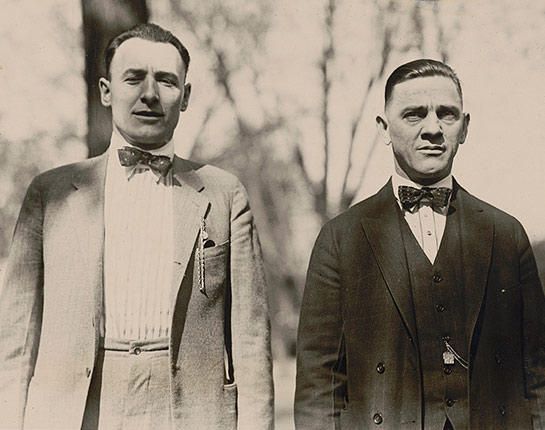
Fred Mooney (left) and Frank Keeney (right) were leaders of UMWA District 17 during the Mine Wars. Both had been working in the mines since they were boys -- Keeney started at age 9 and Mooney at age 13.
Credit: Library of Congress -
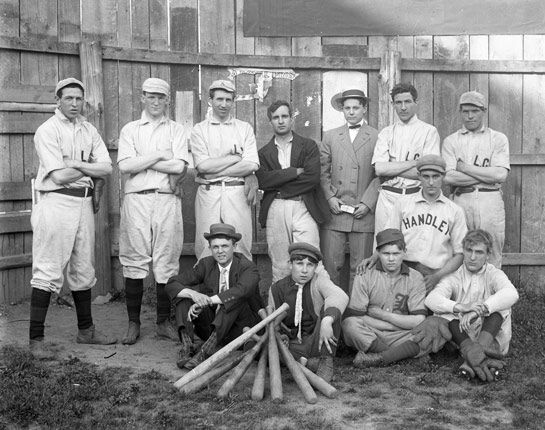
Even during the strikes, men tried to make the best of their situation. Pictured here are miners from the Loup Creek and Handley tent colonies playing baseball in 1912.
Credit: Radford University, McConnell Library -
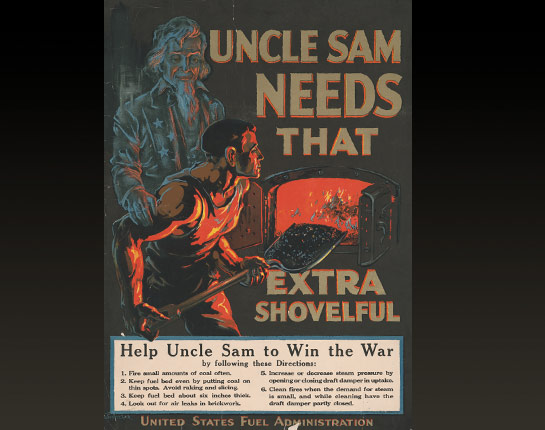
A World War I propaganda poster from the United States Fuel Administration encourages men to work in coal mines to support the war efforts. The text reads, "Uncle Sam Needs That Extra Shovelful."
Credit: Library of Congress -
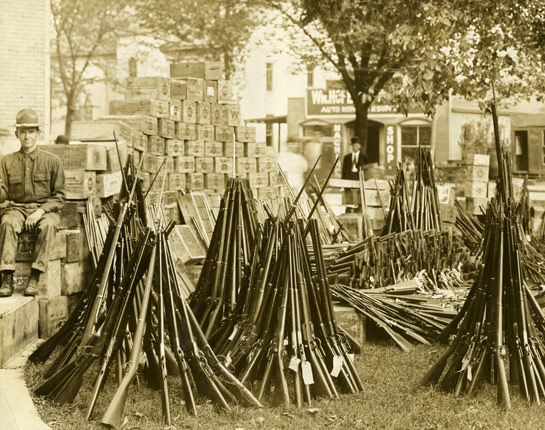
Tensions came to a head in 1921 after the assassination of pro-union chief of police, Sid Hatfield. Miners stockpiled weapons, but mine guards confiscated their machine guns, boxes of ammunition, and hundreds of rifles, much as they had done over a decade earlier in 1912, as pictured here.
Credit: West Virginia Regional and History Center, WVU Libraries -
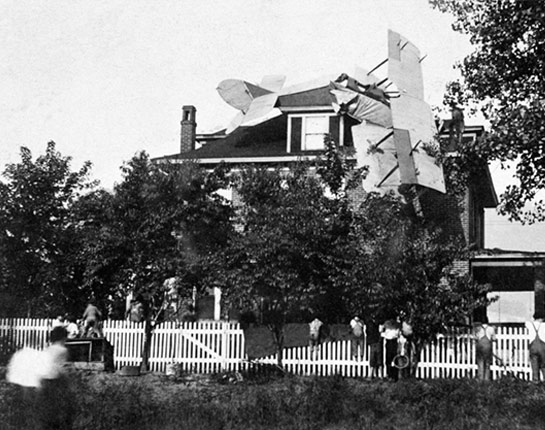
After weeks of deadly confrontations, on September 1, 1921, Sheriff Don Chafin reportedly ordered two bi-planes to swoop over a miners' encampment to drop homemade bombs. One plane swooped too low and crashed into a house.
Credit: West Virginia State Archives -
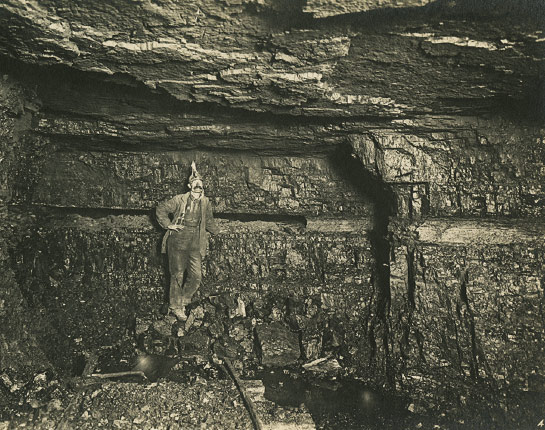
On September 3, 1921, General Bandholtz of the U.S. War Department sent 2,100 federal troops into the combat zone in West Virginia to intervene. More than 5,000 miners laid down their guns and the "mine wars" were officially over.
Credit: University of Kentucky -
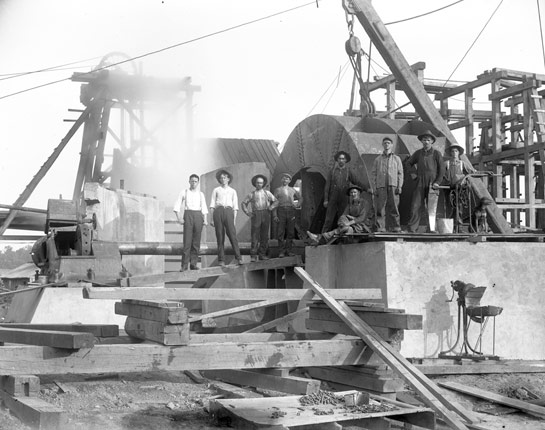
In 1933, Congress passed legislation guaranteeing workers' right to unionize. They also outlawed industrial spies, the use of private guards and police forces, and the practice of blacklisting union members.
Credit: Radford University, McConnell Library
